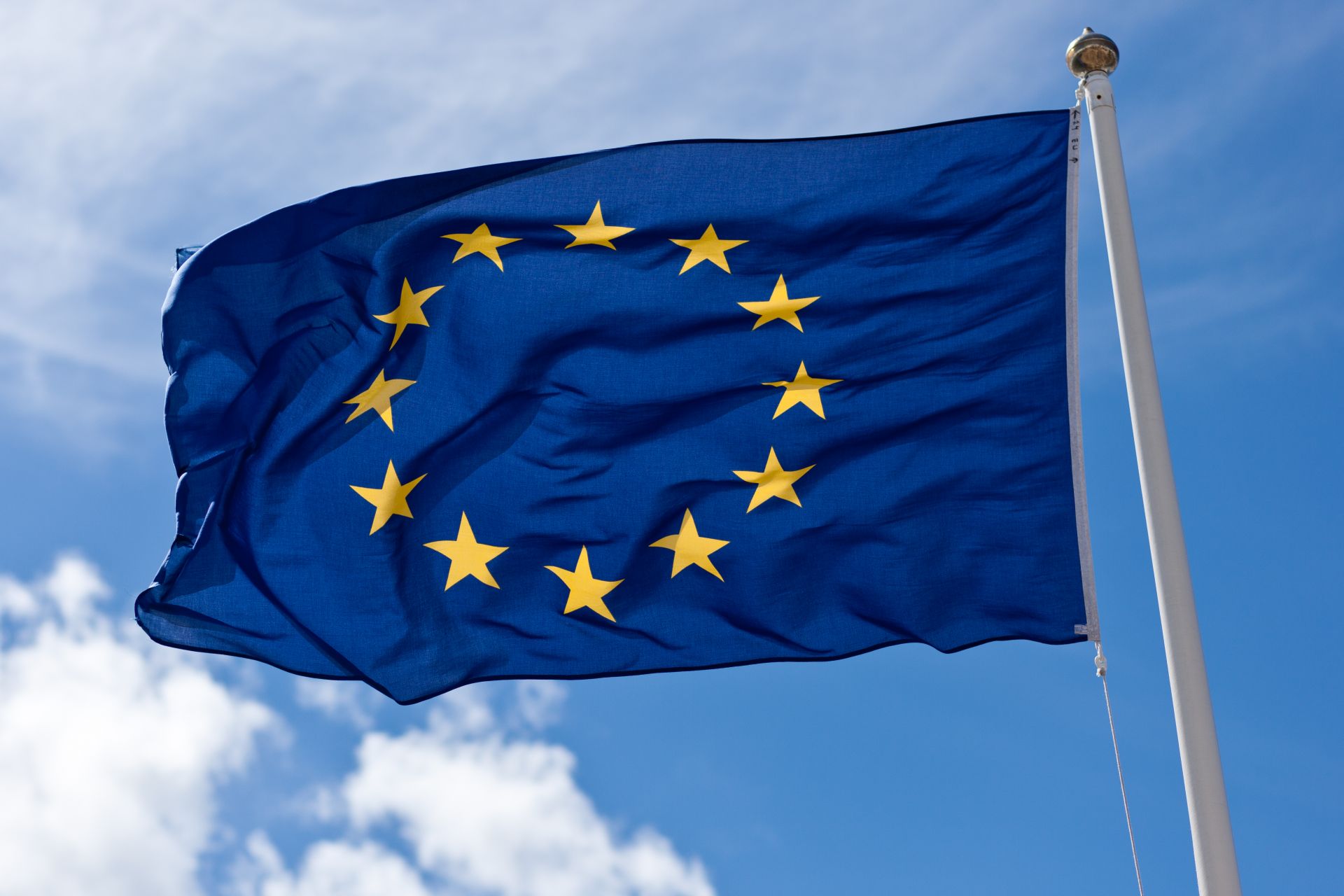The partially constructed Units 3 and 4 at Cernavoda nuclear plant in Romania. (Image: Nuclearelectrica)
The European Commission has issued a positive opinion on the technical and nuclear safety aspects of the construction of Units 3 and 4 at Cernavoda nuclear power plant in Romania.
Under the Euratom Treaty, nuclear project developers are required to notify the EC of planned investments and to demonstrate compliance with the highest nuclear safety standards.
EC commissioner Kadri Simson (second from left) speaks at a European Small Modular Reactor Partnership event in Bratislava. (Photo: @KadriSimson/X)
The European Commission intends to establish early next year an industrial alliance focused on small modular reactors, EC energy commissioner Kadri Simson announced last week.
Romania’s Cernavoda Units 1 and 2. (Photo: Nuclearelectrica)
Canada will provide C$3 billion (about $2.2 billion) in export financing to Romania’s nuclear operator, Nuclearelectrica, in support of Canadian participation in the project to complete Units 3 and 4 at the Cernavoda nuclear plant, Canadian minister of energy Jonathan Wilkinson announced last week.
The European Union flag. (Photo: Håkan Dahlström, Wikicommons)
In a much-anticipated vote yesterday, EU lawmakers voted down a resolution objecting to the European Commission’s proposal to add nuclear energy and natural gas to the list of green technologies covered by the EU taxonomy—the classification system used by the European Union to steer private investment toward environmentally sustainable economic projects.
The vote, held during the European Parliament’s July 4–7 plenary session, was 328 opposed to the resolution, 278 in favor, and 33 abstaining. An absolute majority—353 members—was required for the resolution to be passed and the proposal vetoed.
Flags in front of the European Commission building in Brussels. (Image: Sébastien Bertrand)
Sixteen ministers from 10 European Union member states argue for adding nuclear energy to the EU taxonomy in a joint letter published last week in leading European newspapers and sent to the European Commission.
Iberdrola’s Cofrentes plant, in Valencia. All of Spain’s reactors are to be retired by 2035. (Photo: Foro Nuclear)
Foro Nuclear, a Madrid-based association representing the interests of Spain’s nuclear sector, is not at all happy with its government’s involvement in a letter sent late last month to the European Commission calling for the exclusion of nuclear energy from the European Union taxonomy. (The taxonomy is a classification system establishing a list of environmentally sustainable economic activities for the EU.) Signing the letter were Spain’s minister for ecological transition and minister for the economy, as well as ministers from Austria, Denmark, Germany, and Luxembourg.
The hemicycle of the European Parliament in Strasbourg. Photo by DAVID ILIFF.
Eighty-seven members of the European Parliament sent a letter to the European Commission last week to lobby for the addition of nuclear energy to the EU taxonomy, the purpose of which is to direct investments toward environmentally sustainable economic projects to meet the European Union’s climate change mitigation and energy-mix targets.
Flags in front of the European Commission building in Brussels. (Image: Sébastien Bertrand)
The European Commission last week adopted the Euratom Work Programme 2021–2022, implementing the Euratom Research and Training Programme 2021–2025, a complement to Horizon Europe, the European Union’s key funding program for research and innovation.
The headquarters of the European Commission in Brussels, Belgium.
Two reports submitted last week to the European Commission to help it decide whether to include nuclear energy in the “EU taxonomy”—a classification system establishing a list of environmentally sustainable economic activities for the European Union—could end up prolonging the decision-making process, as the reports are not in full agreement on the matter.
CORTEX aims to enable the early detection, localization, and characterization of anomalies in nuclear reactors while they are operating.
We often define noise as an unwanted disturbance, especially acoustic in nature. Neutron noise, by contrast, is a direct measure of the dynamics of a nuclear core. It can be used for core monitoring without disturbing plant operation and by using the existing core instrumentation. The European CORTEX project aims to develop an innovative core monitoring technique using neutron noise, while capitalizing on the latest developments in neutronic modeling, signal processing, and artificial intelligence.





 Ia Aanstoot
Ia Aanstoot.jpg)




 Within the European Union, recognizing nuclear energy as green, sustainable, and worthy of investment depends on nuclear being added to the EU taxonomy of “sustainable investments that have been found to ‘do no significant harm’ to human health and to the environment.” The EU will issue a final taxonomy this year, and a decision to include nuclear power—which was excluded from a draft released in late 2020—could raise prospects for public and private nuclear investments both inside and outside the EU.
Within the European Union, recognizing nuclear energy as green, sustainable, and worthy of investment depends on nuclear being added to the EU taxonomy of “sustainable investments that have been found to ‘do no significant harm’ to human health and to the environment.” The EU will issue a final taxonomy this year, and a decision to include nuclear power—which was excluded from a draft released in late 2020—could raise prospects for public and private nuclear investments both inside and outside the EU. The European Commission’s current strategy for developing a hydrogen economy—part of its overall goal of achieving a climate-neutral European Union by 2050—needs to make more room for nuclear power. That’s according to a report published in December by the New Nuclear Watch Institute (NNWI), an industry-supported think tank based in the United Kingdom.
The European Commission’s current strategy for developing a hydrogen economy—part of its overall goal of achieving a climate-neutral European Union by 2050—needs to make more room for nuclear power. That’s according to a report published in December by the New Nuclear Watch Institute (NNWI), an industry-supported think tank based in the United Kingdom.